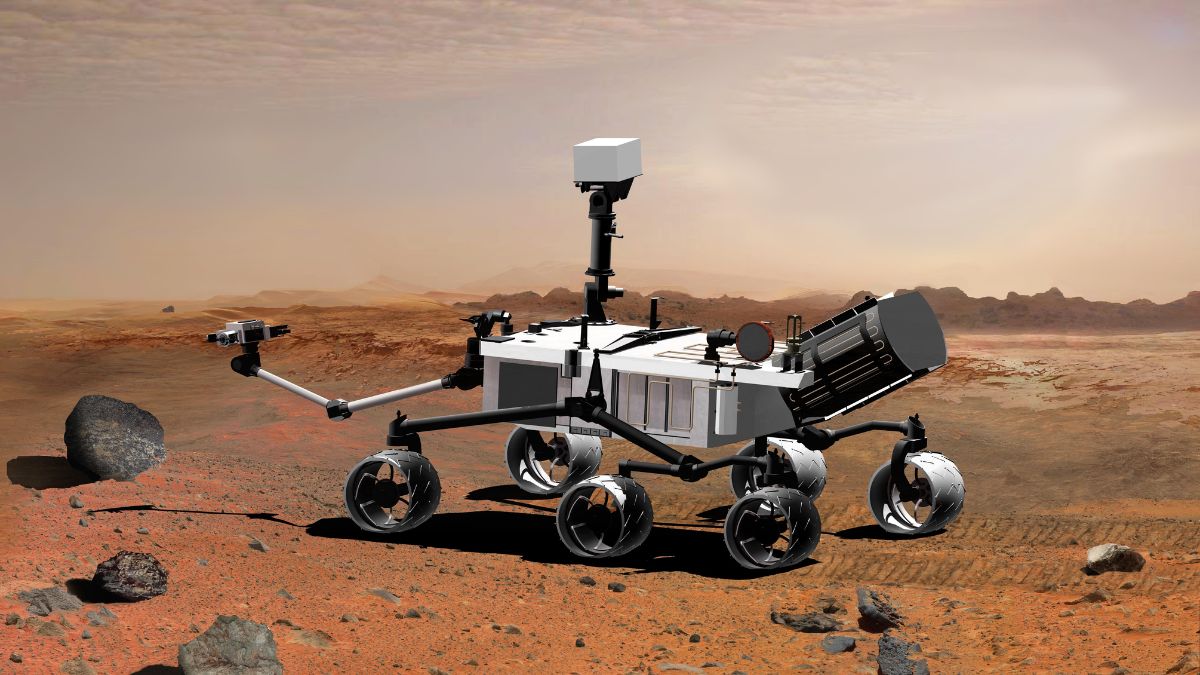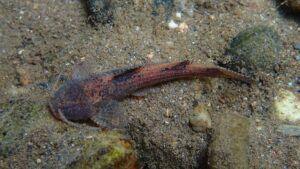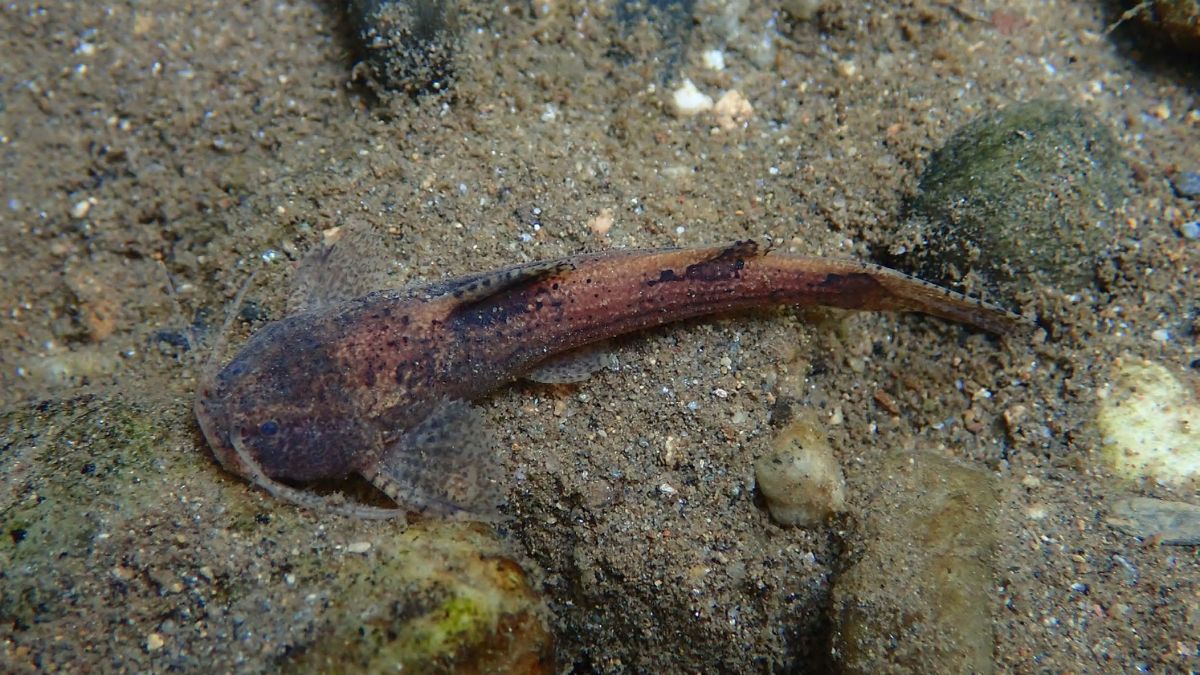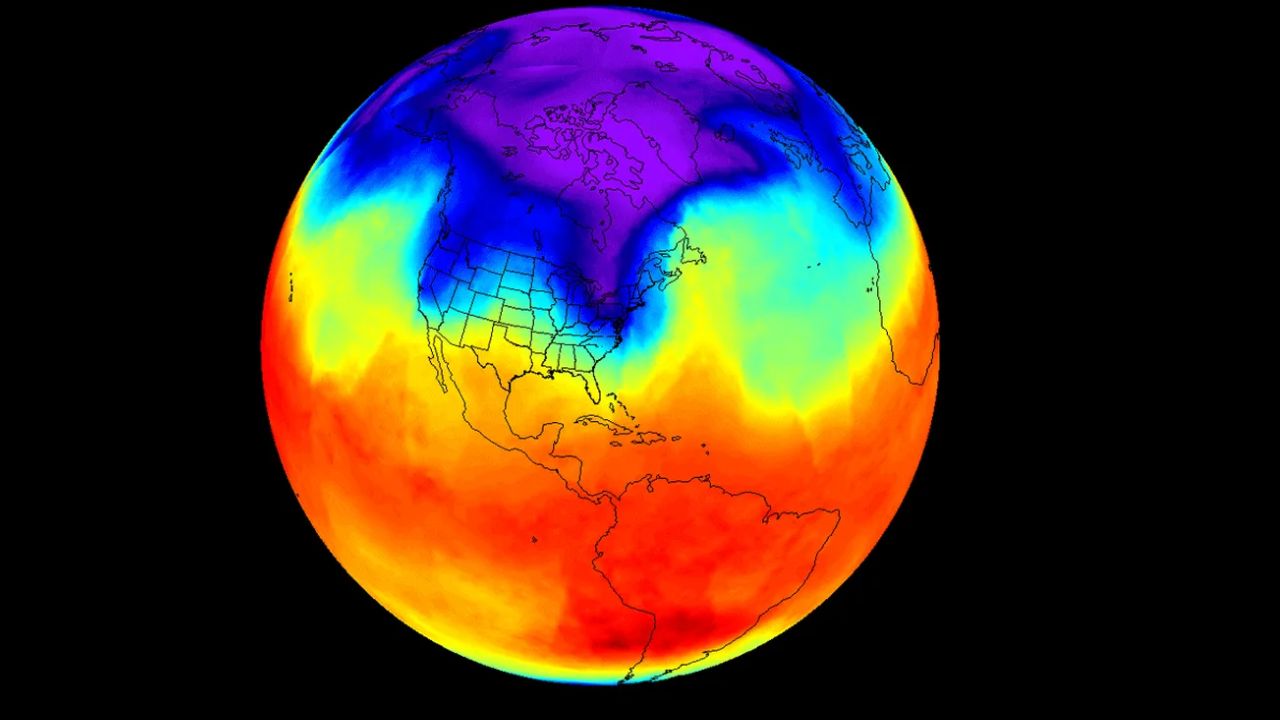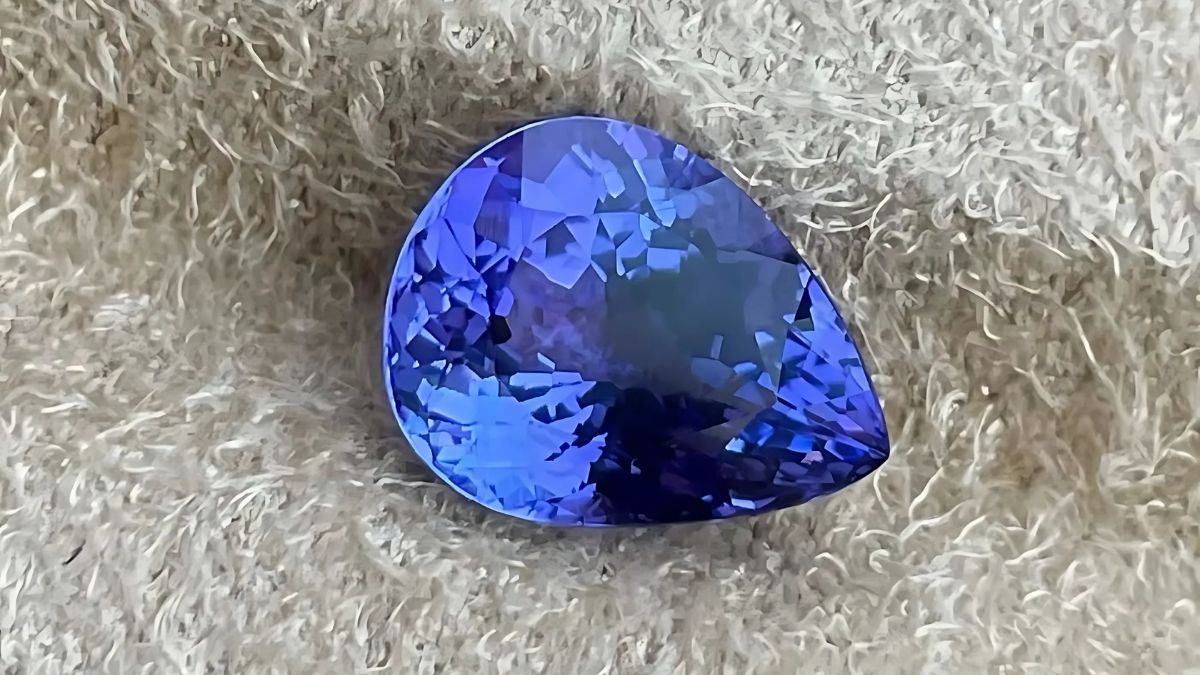For decades, the red planet has fascinated scientists, sci-fi fans, and dreamers alike. With evidence of ancient riverbeds, dried lake basins, and water-formed minerals, Mars seemed like it should have supported life. But despite all these watery clues, there’s still no sign of anything living—past or present. Now, a fresh study published in Nature might explain why: Mars may have self-sabotaged its own chance at life.
Mystery
NASA’s Curiosity rover has been exploring Gale Crater since 2012. The mission’s goal? To find clues about whether Mars could have supported life. And now, after years of scanning rocks and soil, researchers may have cracked part of the mystery.
It turns out that even though water flowed through Mars in the past—potentially in oases and lakes—the planet likely triggered a natural process that shut the door on life. This isn’t just a surprising twist. It’s a complete rethink of what we consider “habitable.”
Discovery
The new study, led by planetary scientist Edwin S. Kite, is built on findings from the Gale Crater. That’s where Curiosity spotted unusually high levels of carbonates—minerals formed when liquid water interacts with carbon dioxide (CO₂).
On the surface, this sounds promising. Water and CO₂ interacting? Sounds like life could have started, right? Well, not quite. These carbonates are actually a big clue that Mars had a self-defeating climate cycle.
Feedback
Let’s break it down. On Earth, water and CO₂ can form carbonates, but Earth’s volcanoes release CO₂ back into the air, keeping the planet warm. Mars, on the other hand, doesn’t have active volcanoes today. So once CO₂ got trapped in rocks as carbonates, it stayed locked away.
Here’s how Mars’ self-sabotage worked in a loop:
| Step | What Happened on Mars |
|---|---|
| 1 | Ice melts due to increased sunlight |
| 2 | Water + CO₂ = Carbonates |
| 3 | Carbonates trap CO₂ from the air |
| 4 | Less CO₂ = colder temperatures |
| 5 | Water disappears again |
This natural “negative feedback loop” made it impossible for Mars to stay warm and wet long enough for life to get started. So every time Mars warmed up enough for water to appear, the chemical process kicked in and cooled things back down.
Oases
So yes, Mars had oases. It had rain. It had lakes. But all of that came in short bursts—maybe just a few hundred years at a time. That’s not nearly enough for life to emerge, evolve, and build complexity. Earth needed billions of years of steady conditions to get where it is today.
It’s like trying to light a campfire with wet matches and a gusty wind—no matter how many times you try, the flame just doesn’t last.
Carbonates
The presence of so many carbonates also solves a long-standing mystery: what happened to all of Mars’ carbon? The planet used to have a much thicker, CO₂-rich atmosphere. Over time, it just… disappeared. But it turns out it didn’t escape into space. It got trapped in rocks under the surface.
This is different from Earth’s carbon cycle. Here, volcanoes and tectonic activity recycle gases. Mars, lacking those features, had no way to replenish its atmosphere once the CO₂ was gone.
Impacts
This discovery doesn’t just reshape our understanding of Mars—it changes how we search for life elsewhere.
Until now, astronomers mostly looked for exoplanets with signs of liquid water. That was the gold standard. But Mars proves that water alone isn’t enough. A truly habitable planet needs a stable atmosphere, geological activity, and a way to regulate climate over millions of years.
It’s like baking a cake—you need more than just flour and water. You need the right mix, the right temperature, and most importantly, time.
So, if we’re hunting for life across the galaxy, we need to look beyond just water. We need to understand how a planet manages its climate. Otherwise, we might end up chasing planets that look promising—but are quietly sterile, just like Mars.
Mars has always felt like a mirror of Earth’s potential. But this new study shows it might be a cautionary tale instead—a planet that had the right ingredients, but mixed them in all the wrong ways.
FAQs
Did Mars really have liquid water?
Yes, Mars had temporary lakes, rivers, and possibly rain.
Why didn’t life start on Mars?
Mars cooled too quickly for life to take hold.
What are carbonates on Mars?
They’re minerals formed by water reacting with CO₂.
Where did Mars’ CO₂ go?
It was trapped in underground carbonate rocks.
Is water enough to support life?
No, a stable climate and active geology are also needed.

